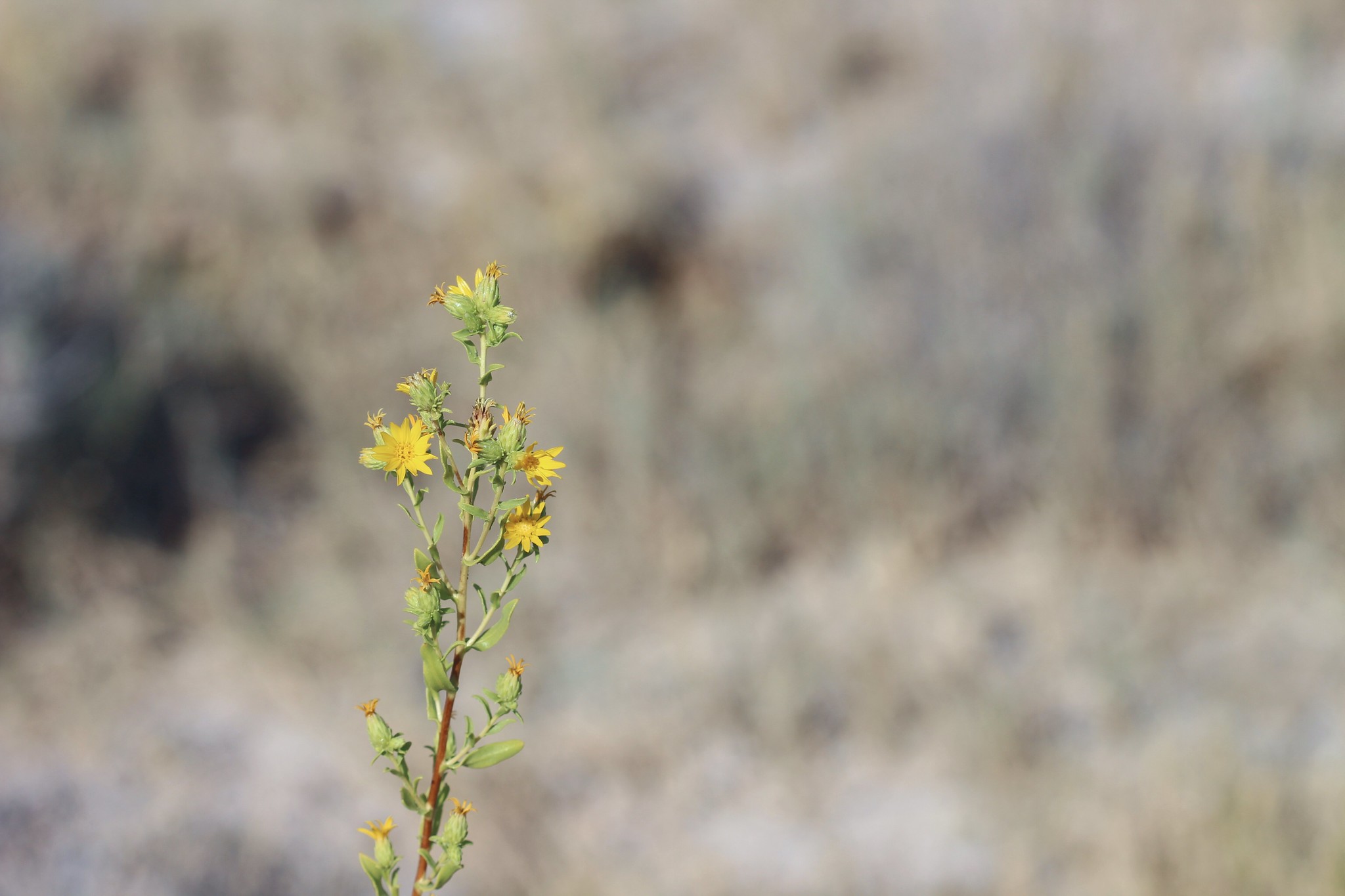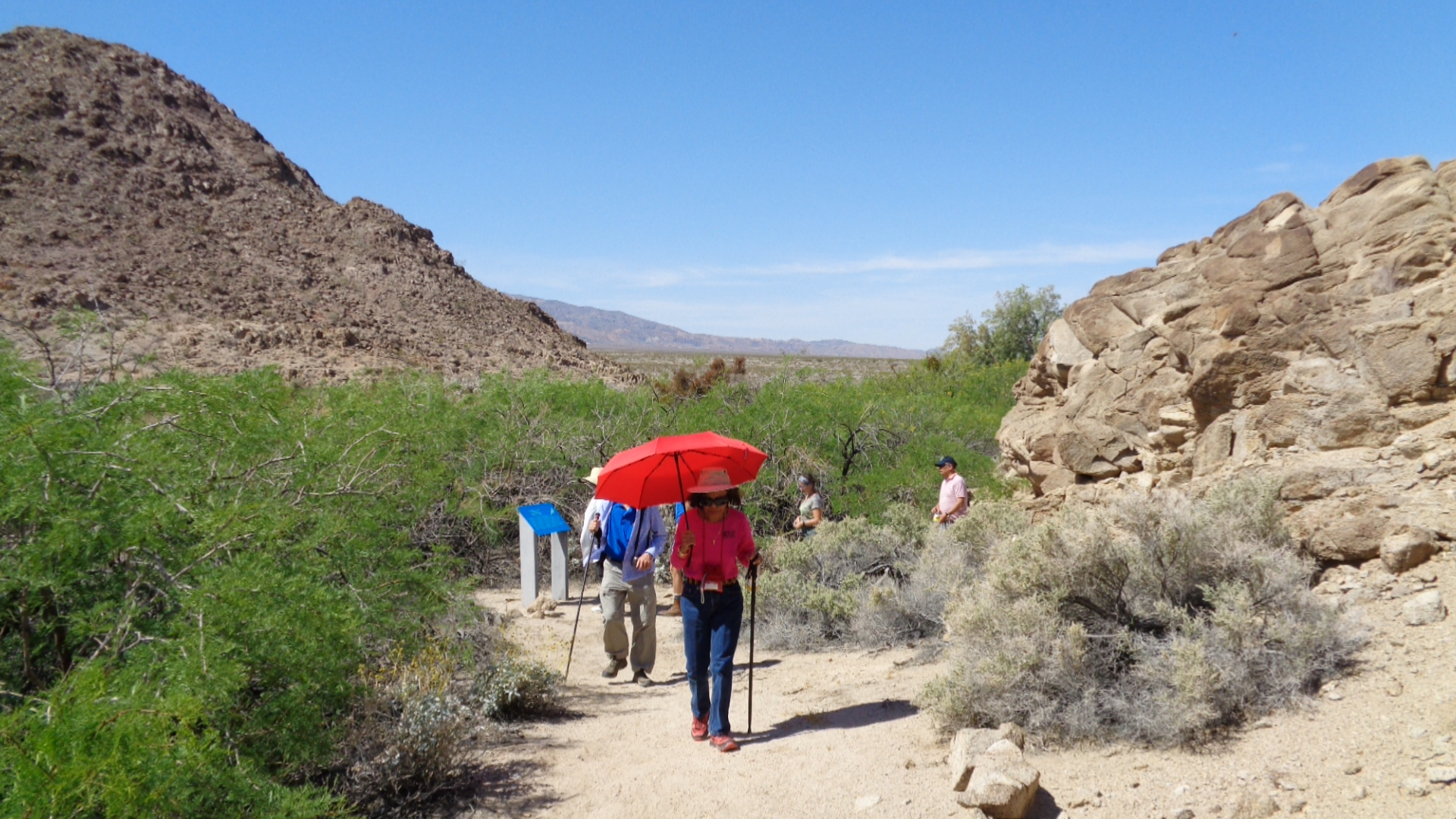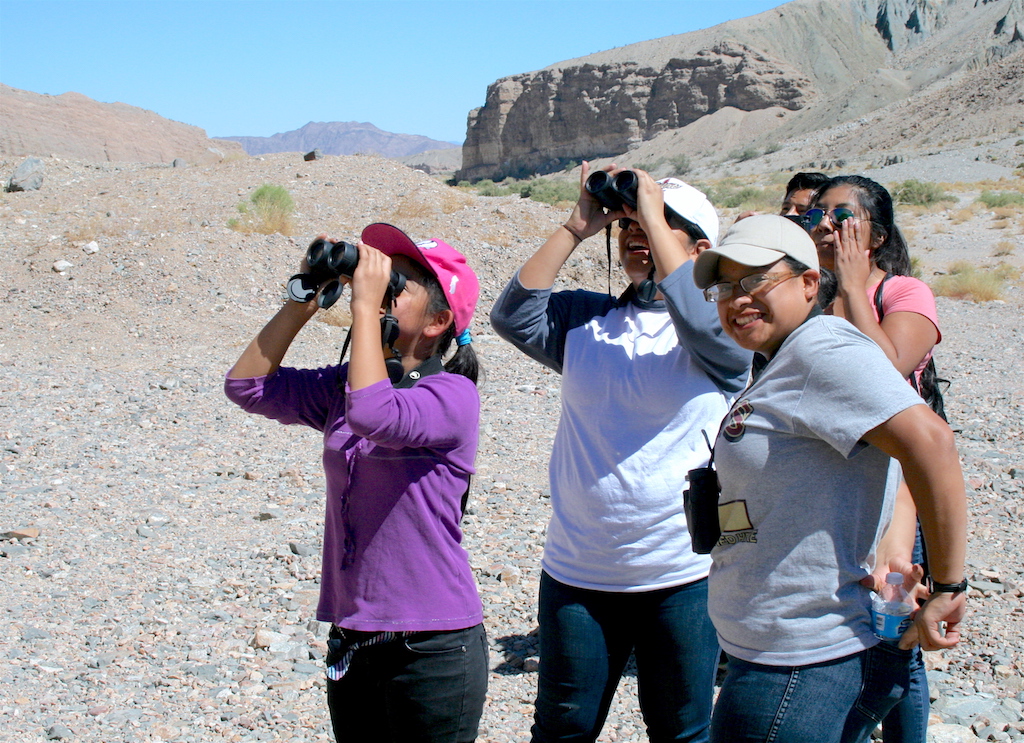Explore the Amargosa
DISCOVER:
ASH MEADOWS NATIONAL WILDLIFE REFUGE
Ash Meadows National Wildlife Refuge, near Amargosa Valley, NV
Discover the “Galapagos of the desert”
Learn about Ash Meadows National Wildlife Refuge: the largest oasis in the Mojave Desert, and one of the most significant biodiversity hotspots on Earth

Ash Meadows National Wildlife Refuge
Amargosa Valley, NV
Upper: The visitors center of Ash Meadows, Lower: Crystal Spring; photos courtesy Mason Voehl

Ash Meadows National Wildlife Refuge is a protected refuge managed by the U.S. Fish and Wildlife Service near Amargosa Valley, Nevada. As a complex of glittering springs and flowing streams, Ash Meadows appears as a mirage next to neighboring Death Valley National Park. Surrounded on all sides by the broiling heat and razor sharp aridity of the eastern Mojave Desert and Death Valley ecoregion, Ash Meadows only exists due to the flow of ancient groundwater ferried by the Amargosa River. This flowing groundwater supports over 24,000 acres of springs, sloughs, and wetland areas that in turn support one of the most diverse arrays of unique and sensitive flora and fauna on the planet.
Ash Meadows has the distinction of supporting one of the highest concentrations of endemic species (species which live nowhere else) in North America. At least 25 endemic species have been documented in the refuge. 12 species of plants and fish are protected as threatened or endangered under the Endangered Species Act. For this reason, Ash Meadows has been designated a RAMSAR Wetland of International Importance: one of four in the U.S.
Ash Meadows is…
- The traditional territory of the Newe (Timbisha Shoshone) and Nuwuvi (Southern Paiute) peoples
- A complex of 30 perennial springs, seeps, and sloughs in the hottest and driest of North America’s deserts
- Home to many species of wildlife found nowhere else on Earth including pupfish, plants, snails, and insects
- Home to the Devils Hole pupfish, managed in a disjunct portion of Death Valley National Park within the refuge, which is considered to be the most endangered species of fish in the world
- A landscape of significant biological and paleontological importance
- A gateway to Death Valley National Park, offering miles of premiere hiking trails that bring visitors to the edges of its dazzling spring pools


A True Oasis in the Desert
The spring pools of Ash Meadows National Wildlife Refuge offer a window into a world deep underground: a world filled with ancient groundwater. These pools sparkle brilliantly under the Mojave sun, shimmering in shades of blue, green, cerulean, and aquamarine.
The refuge is located in the very heart of the Amargosa River watershed, and is a mixing area for groundwater originating from the headwaters of the Amargosa River to the north, and snowmelt from the Spring Mountains to the east.
Miles of developed boardwalk and primitive trails offer visitors the chance to get up close to some of the largest spring pools in the Mojave Desert, home to numerous species that can only be found within them.
Meet the Wonderous Inhabitants of Ash Meadows
Ash Meadows is home to more than 25 species that exist nowhere else, all of whom depend on its ancient waters for their survival
Protected and Endemic Species of Ash Meadows NWR
Ash Meadows NWR endemic or near-endemic species protected under the ESA:
- Ash Meadows Amargosa pupfish (Cyprinodon nevadensis mionectes), endangered;
- Ash Meadows speckled dace (Rinichtys osculus nevadensis), endangered;
- Warm Springs pupfish (Cyprinodon nevadensis pectoralis), endangered;
- Ash Meadows blazing star (Mentzelia leuciphylla), threatened;
- Amargosa niterwort (Nitrophila Mohavensis), endangered;
- Ash Meadows milkvetch (Astragulus phoenix), threatened;
- Ash Meadows sunray (Enceliopsis nudicaulis corrugata), threatened;
- Ash Meadows gumplant (Grindelia fraxinoperatensis), threatened;
- Ash Meadows ivesia (Ivesia Kingii var. eremica), threatened;
- Spring-loving centaury (Zeltnera namophila), threatened;
- Ash Meadows naucorid bug (Ambysus amargosus), threatened;
Additional endemic or near-endemic non-protected species found at Ash Meadows NWR:
- Warm Springs naucorid bug (Ambrysus relictus)
- Devils Hole warm spring riffle beetle (Stenelmis calida calida)
- Ash Meadows pebblesnail (Pyrgulopsis erythropoma)
- Crystal Spring springsnail (Pyrgulopsis crystalis)
- Distal-gland springsnail (Pyrgulopsis nanus)
- Elongate gland springsnail (Pyrgulopsis isolatus)
- Median-gland Nevada springsnail (Pyrgulopsis pisteri)
- Fairbanks Spring springsnail (Pyrgulopsis fairbankensis)
- Minute tryonia (Tryonia ericae)
- Point of Rocks tryonia (Tryonia elata)
- Sportinggoods tryonia (Tryonia angulata)
- Amargosa tryonia (Tryonia variegata)
- Pyrgulopsis licina
- Pyrgulopsis sanchezi
- Death Valley blue eyed grass (Sisyrinchium funereum)
- Ash Meadows ladies-tresses (Spiranthes infernalis)
Ash Meadows Amargosa pupfish (Cyprinodon nevadensis mionectes)
Endemic, Federally Endangered

Ash Meadows Amargosa pupfish; photo courtesy USFWS
The pupfish are certainly the most famed aquatic residents of the Amargosa Basin, primarily due to the extremophile Devils Hole pupfish (Cyprinodon diabolus), which lives in a disjunct portion of Death Valley National Park, in a bottomless cavern full of hot water. But there are so many more. Ash Meadows has two other species of pupfish, the Ash Meadows Amargosa pupfish (C. nevadensis mionectes) and the Warm Springs pupfish (C. nevadensis pectoralis). All three of the Ash Meadows pupfish are protected under the Endangered Species Act.




Ash Meadows ladies-tresses
(Spiranthes infernalis)
Endemic to Ash Meadows
Close up of Ash Meadows ladies-tresses; photo courtesy Patrick Donnelly
Ash Meadows ladies-tresses is one of many species of plants endemic to the refuge.
These plants rely on the availability of shallow groundwater in the refuge for their survival, and therefore have extremely limited distribution. Habitat loss, invasive species, and groundwater depletion are the main threats to this and other endemic plant species in the refuge.
Amargosa niterwort
(Nitrophila mohavensis)
Federally Endangered

Amargosa niterwort in Carson Slough, NV; photo courtesy of Naomi Fraga
Niterwort (Nitrophila mojavensis) is a small, salt loving plant that grows in the Carson Slough at Ash Meadows National Wildlife Refuge in the Amargosa Basin. It inhabits moist and drying salt pans with alkaline, clay soil. Niterwort is a halophyte, or salt-loving plant. Changes to groundwater levels due to pumping are the main threat to this plant.

Ash Meadows gumplant
(Grindelia fraxinipratensis)
Endemic, Threatened
Ash Meadows gumplant; photo courtesy Naomi Fraga



Spring-loving centaury (Zeltnera namophila), threatened; Ash Meadows sunray (Enceliopsis nudicaulis corrugata), threatened; Ash Meadows ivesia (Ivesia Kingii var. eremica), threatened;
Pupfish at Play
The spring pools at Ash Meadows offer a rare opportunity for the public to observe the playful and active lifestyles of pupfish that live nowhere else
ASH MEADOWS IS UNDER THREAT OF EXPLORATORY MINING ON ITS BORDERS
An exploratory mining project on the borders of the refuge presents a grave threat to the protected species and springs that depend on groundwater for their survival. Learn more and take action by visiting our Save Ash Meadows campaign page.
From our blog: NATIVE PLANTS & WILDLIFE
Introducing: An Amargosa Moment
Join Mason Voehl, our new Executive Director for this exciting new series on our AC blog all the moments and encounters in the Amargosa that leave lasting impressions on us.
Film: Keepers of Bitter Waters
Keepers of the Bitter Waters: A film by Fred Bell.
Vole party + leaving Shoshone
Experiences as an intern: babysitting a colony of voles and leaving Shoshone
Back on the Tracks
After a few hectic weeks, the Amargosa Conservancy interns are getting back to their normal routine.
Spring Updates – Wildflowers of 2017
As they days lengthen in the Amargosa Basin, some spring flowers are starting their show.
While it’s not the great super-bloom of last year, for those willing to go explore there are plenty of treasures to find out there!
Out and About in Afton Canyon
In partnership with the Hispanic Access Foundation, the Amargosa Conservancy has been leading trips to Afton Canyon to provide information and access to the beautiful lands that belong to all citizens of United States.






